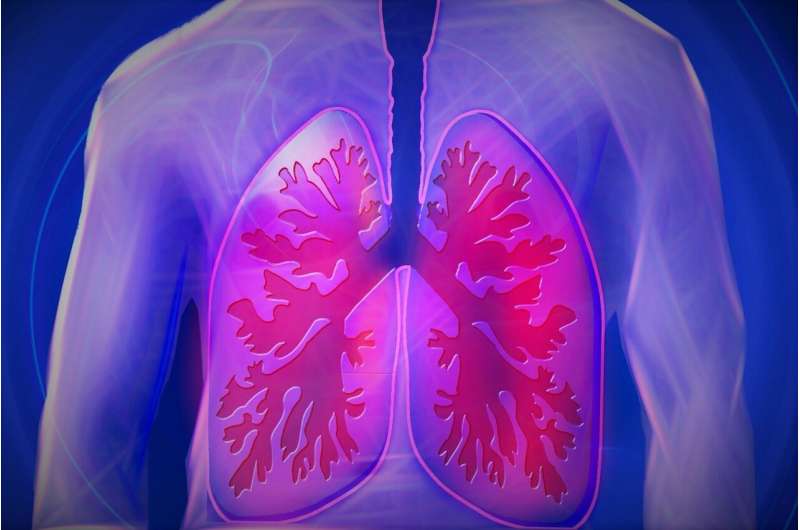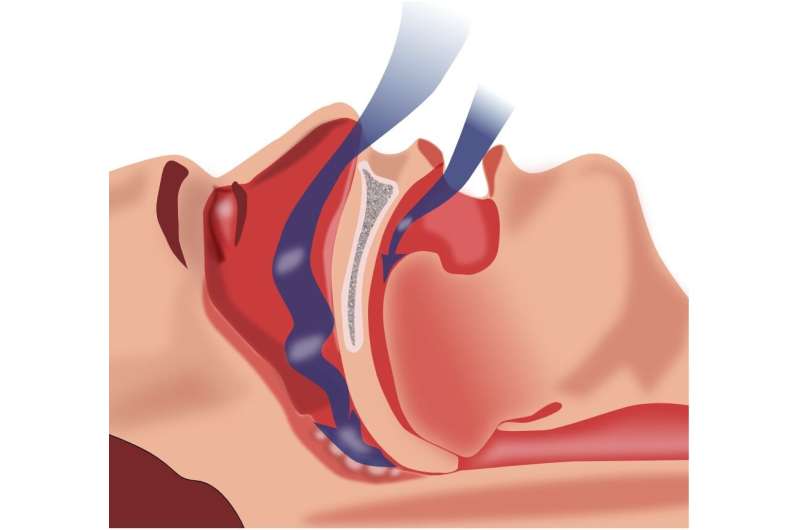Newly Identified Molecule May Clarify Muscle Loss in Type 2 Diabetes

Scientists have discovered a new molecule, TMEM9B-AS1, that may explain muscle loss in people with type 2 diabetes, offering potential for targeted treatments.
Researchers at Karolinska Institutet have uncovered a novel molecule that could explain the common occurrence of muscle weakness and atrophy in individuals with type 2 diabetes. This discovery, published in Science Advances, focuses on a previously unknown long non-coding RNA known as TMEM9B-AS1. This molecule plays a crucial role in regulating muscle cell functions and its levels are significantly decreased in the skeletal muscles of people with type 2 diabetes. The deficiency of TMEM9B-AS1 impairs the cellular processes involved in muscle protein synthesis, contributing to muscle degradation.
The study reveals that TMEM9B-AS1 supports the stability of the MYC gene, a vital driver of ribosome production—the cellular machinery responsible for protein synthesis. When TMEM9B-AS1 levels drop, MYC becomes unstable, leading to disrupted protein production in muscle cells. This mechanism helps explain the muscle deterioration frequently observed in patients with metabolic diseases like type 2 diabetes.
According to first author Ilke Sen from the Department of Physiology and Pharmacology, the absence of TMEM9B-AS1 hampers the ribosomal biogenesis process, resulting in weakened muscle tissue. This groundbreaking insight not only enhances understanding of muscle pathology in diabetes but also opens potential avenues for targeted therapies aimed at restoring muscle mass and strength in affected individuals.
This discovery underscores the importance of molecular research in uncovering the intricacies of metabolic diseases and highlights new possibilities for improving muscle health in people living with type 2 diabetes.
Source: https://medicalxpress.com/news/2025-07-newly-molecule-muscle-mass-diabetes.html
Stay Updated with Mia's Feed
Get the latest health & wellness insights delivered straight to your inbox.
Related Articles
Understanding Leucovorin: A Controversial Proposal for Autism Treatment
Recent discussions in the US highlight leucovorin as a potential treatment for autism, supported by early studies, though more research is needed to confirm its effectiveness and safety.
Innovative Blood Test Using Metabolite Analysis Promises Early COPD Detection for Population Screening
A new blood metabolite analysis method shows promise for early detection of COPD, potentially revolutionizing population screening and improving patient outcomes through non-invasive testing.
Decline in Over-the-Counter Naloxone Sales After Initial Increase
Initial increases in over-the-counter naloxone sales following its 2023 availability were short-lived, with sales declining rapidly and remaining low, impacting efforts to combat the opioid crisis.
Innovative Breathing Device Promises Improved Survival for Sleep Apnea Patients with Type 2 Diabetes
New research indicates that CPAP therapy may significantly improve survival rates in people with sleep apnea and type 2 diabetes, highlighting the importance of early diagnosis and treatment.



